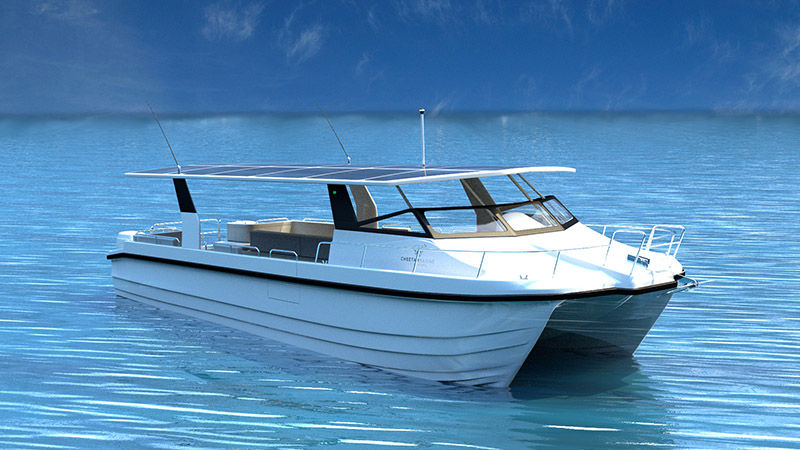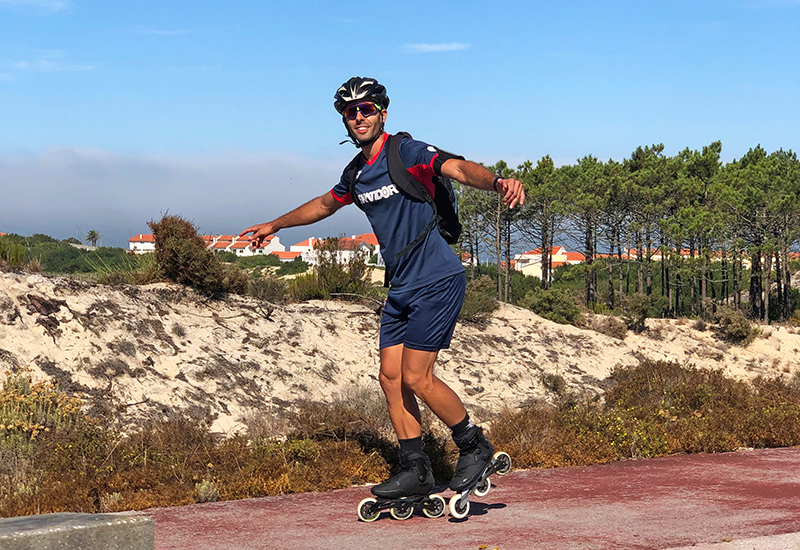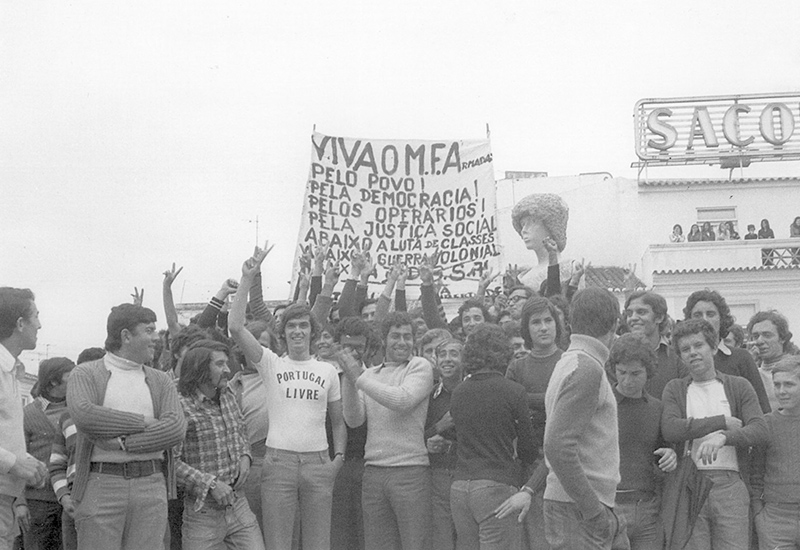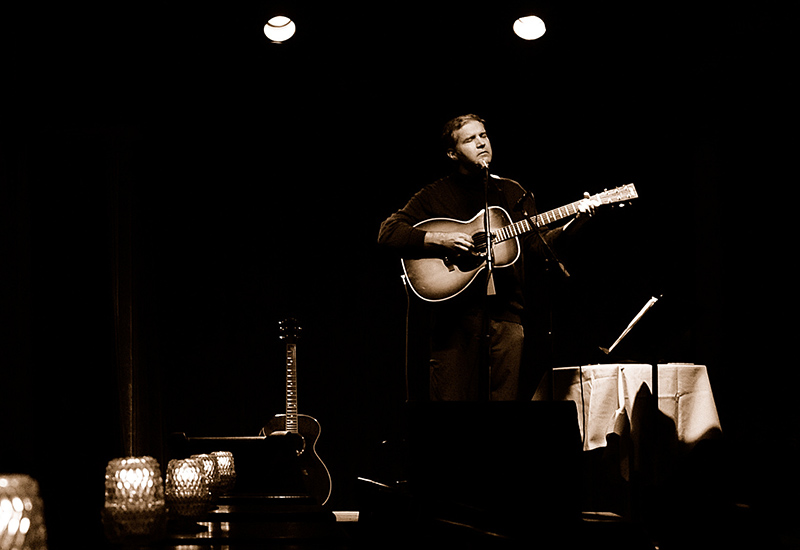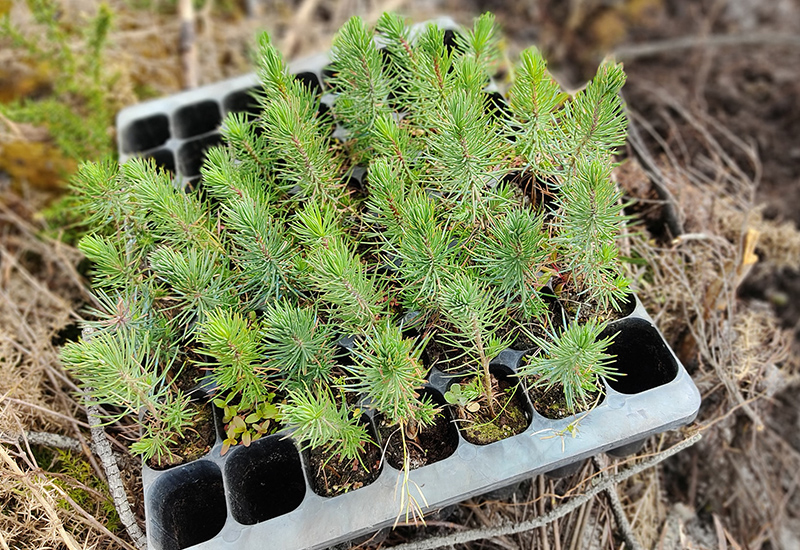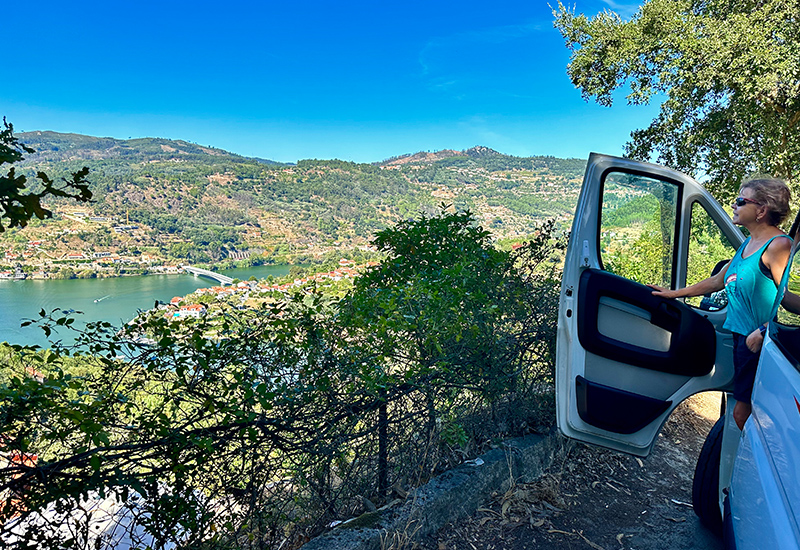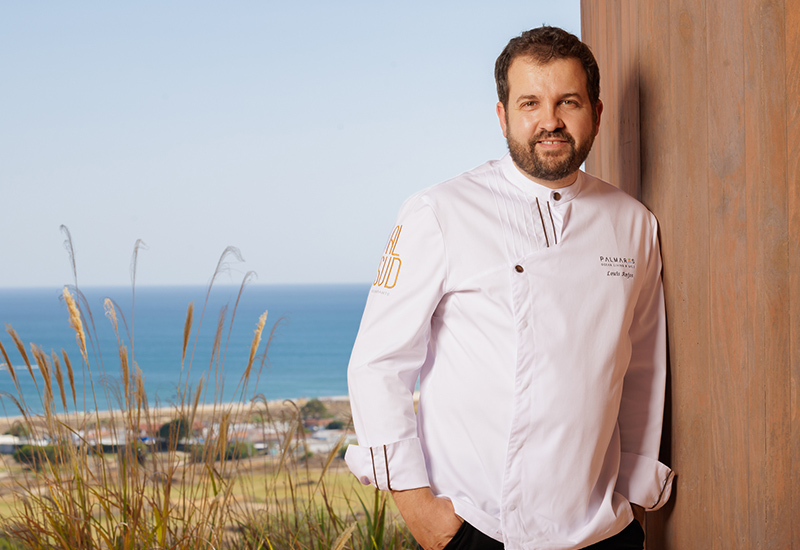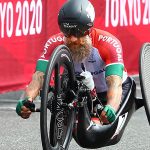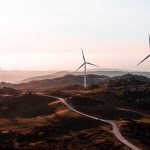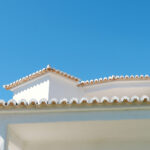There is no doubt that catamarans, both sail and power, have achieved recognition in the leisure and commercial sectors of marine development. Sean Strevens of Cheetah Marine was an early innovator in the field.
By Julian Putley
At 18, Sean began his working life as a fisherman in the waters around the Isle of Wight. As he experienced various challenges with small traditional vessels, he started looking for ways to create a stable and seaworthy vessel. He recounts an early voyage on a barquentine, the Young Endeavour, from the UK to Australia that provided him with invaluable experience of heavy weather and the ever-changing nature of the ocean.
It was in 1989 that Sean undertook the design and construction of his first Cheetah catamaran. Made from plywood and West System epoxy resin over a wooden frame, the build took about a year and this, his personal design, proved very successful. The width and stability of the boat allowed him to load more weight over more days at sea. Before long, other fishermen became interested and asked him to build more.
From this wooden prototype, it was decided to change the construction material to glass fiber using a mould taken from the original wooden catamaran. Fishermen who were originally doubtful of the seaworthiness of the catamaran design soon changed their minds and orders started to come in. The 6.2m design has a beam of 2.4m, draft of 220mm and a load capacity of 1 tonne. It made the perfect small commercial fishing boat, very good in rough seas and very fuel-efficient with low-powered engines.
Sealife Cheetah 11.2m
Sean Strevens
Following this success, a request came in for a 9m Cheetah vessel to be powered by diesel engines driving water jets. This meant another design, another mould and more innovation for superstructure and power systems. The water jet propulsion system allows the operator to manoeuvre the boat sideways. Not only that, but the 9m Cheetah powered by 90 hp Honda outboards can achieve speeds of over 20kts, important when fish need to get to market.
Other customers were soon taking notice of Cheetah Marine and its power cats. Orders started coming in for survey boats, harbour patrol boats and special purpose vessels. Record-breaking quadriplegic sailor Geoff Holt’s 9m Cheetah was designed and built in 2011 for Geoff to operate from his wheelchair. Its name? Wetwheels.
The increased activity necessitated a new factory and offices. Eventually, an 8,000 square foot facility was built at the water’s edge at Ventnor Haven on the Isle of Wight. From backyard garage to a full-service facility in less than 20 years! To date, about 600 vessels have been built for customers all around the world.
Over the last few years, propulsion from sustainable energy to meet the climate crisis has been front and centre of public discourse. To this end, Cheetah Marine has been investing in technology to produce electric and hydrogen-powered catamarans with the power supplied from a renewable source. Solar panels are fitted on the hard top and will augment the usable power.
Fast forward to Portugal and Sean tells me about his latest expansion. “In 2017, we looked for a place in Europe to build Cheetah catamarans after concerns with the possible outcome of Brexit as we had established a good European market.” Cheetah Marine found Portugal to be ideal and they accessed a facility in Tornada not far from the famed surfing location of Nazaré. Sean continues, “The new facility is working well and we build around eight to ten Cheetah catamarans per year for the local Portuguese tourist and commercial fishing markets as well as exports to southern Europe and Africa.”
Nazare Water Fun 11.2m
Future orders include a new model 11.5m x 4.3m large Cheetah cat powered by twin 200-hp, 750v, electric outboard motors and 850kg lithium batteries. To offset the weight of the batteries, the hulls will be built of a light carbon composite material.
There are three Cheetah catamarans berthed at the marina in Lagos, one being the 11.2m Sea Life, an open boat specifically designed for dolphin watching. The other two are the 9m cat We Dive and the 11.2m SeaSophia, a full cabin excursion boat.
The future looks bright for Portugal’s Cheetah Marine, with the Algarve’s tourism sector looking healthy and predicted to expand.
www.facebook.com/oceanblueactive
Sean Strevens is the founder and designer of Cheetah Marine power catamarans. He is a Fellow of the Royal Institute of Naval Architects. He and his family have always loved the sea, and sharing the magic of that lifestyle has been an ongoing dream. Wife Lucy’s Portuguese business enterprise is Ocean Blue near the Algarve’s charming seaside village of Burgau.
Ocean Blue Portugal offers four apartments and advertises ‘fitness retreats and adventure excursions’. Standup paddleboarding, snorkelling and swimming at various spots up and down the sunny Algarve coast are popular with locations accessed aboard a … yep, you guessed it, a Cheetah Marine power cat.
